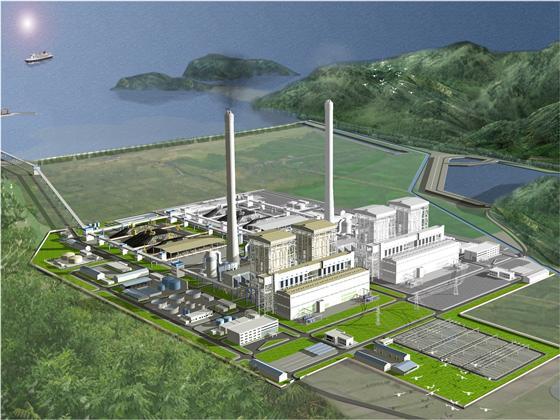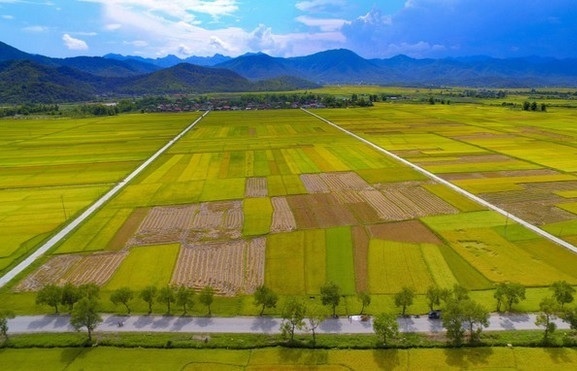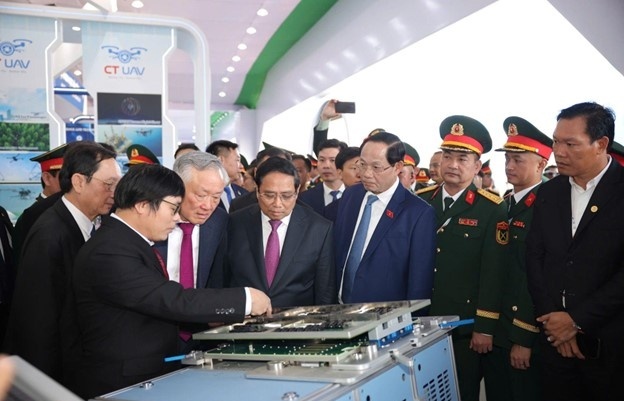EVN proposes to striking PVC-Lilama off as contractor of Quang Trach thermal power plant
 |
| EVN proposed the prime minister to pick another contractor |
In October 2016, EVN took over the Quang Trach 1 thermal power plant project, located in Quang Trach Power Centre in Quang Binh province, from Vietnam Oil and Gas Group (PetroVietnam).
Previously, in 2011, when PetroVietnam was still the investor of the project, under the PM’s approval, it signed contracts, including a contract on "designs and drawings" and "procurement of equipment, construction, and testing" of the EPC package with PetroVietnam Construction Corporation (PVC). Accordingly, PVC would be the general contractor of the project.
In April 2012, PetroVietnam proposed the PM to convert PVC into PVC-Lilama joint venture, with PVC as the major contractor. The PVC-Lilama joint venture remained the general contractor of the Quang Trach 1 project.
However, after four years of the signing ceremony, the construction of the project had yet to be completed on schedule.
According to EVN, Quang Trach 1 is expected to come into operation by 2021. This means that it only has 50 months left to implement the construction. Meanwhile, EVN said that PVC-Lilama does not have the financial capacity and credibility to implement the project.
Notably, in terms of financial potential, according to statistics of Deloitte Vietnam, as of December 31, 2016, PVC operated with an accumulated loss of VND2.88 trillion ($126.8 million). The short-term debt was VND561 billion ($24.66 million) higher than its short-term assets.
Regarding the credibility of the company, according to EVN’s opinion, PVC has implemented a number of projects most of which had been delayed in construction, causing delay in operation of the plant . These projects include Thai Binh 2 thermal power, Dung Quat, and Phu Tho bio-ethanol projects.
Due to these reasons, EVN proposed the PM to select another contractor with enough capacity and experience so that it can ensure the timely construction of the Quang Trach 1 project.
Quang Trach 1’s construction was kicked off in July 2011 with total investment capital of $1.7 billion. The plant has a designed capacity of 1,200MV to be produced by two turbines, which were expected to come into operation in June and December 2015, and contribute to the national grid an annual capacity of 8.5 billion kWh.
However, over five years after the ground-breaking ceremony, the construction has been immobile, except a finished office building.
What the stars mean:
★ Poor ★ ★ Promising ★★★ Good ★★★★ Very good ★★★★★ Exceptional
Latest News
More News
- E-commerce race heats up with new player entering arena (December 19, 2024 | 16:03)
- Interest must rise for carbon exchange (December 19, 2024 | 16:00)
- Limitations abound for domestic EV carbon credits (December 19, 2024 | 15:00)
- Businesses pivotal in offsetting carbon measures in Vietnam (December 19, 2024 | 13:00)
- Coordination key for circular economy (December 19, 2024 | 10:56)
- Vietnam’s first logistics laboratory established (December 19, 2024 | 08:00)
- Masan Consumer Holdings honoured with consecutive "Great Place To Work" certifications (December 18, 2024 | 16:55)
- SABECO’s research facility a dream for its brewmasters (December 17, 2024 | 10:30)
- Digital twins reshaping Vietnam's logistics and supply chain landscape (December 17, 2024 | 09:34)
- Enterprises awarded for pioneering innovation to attract talent (December 16, 2024 | 16:43)















 Mobile Version
Mobile Version